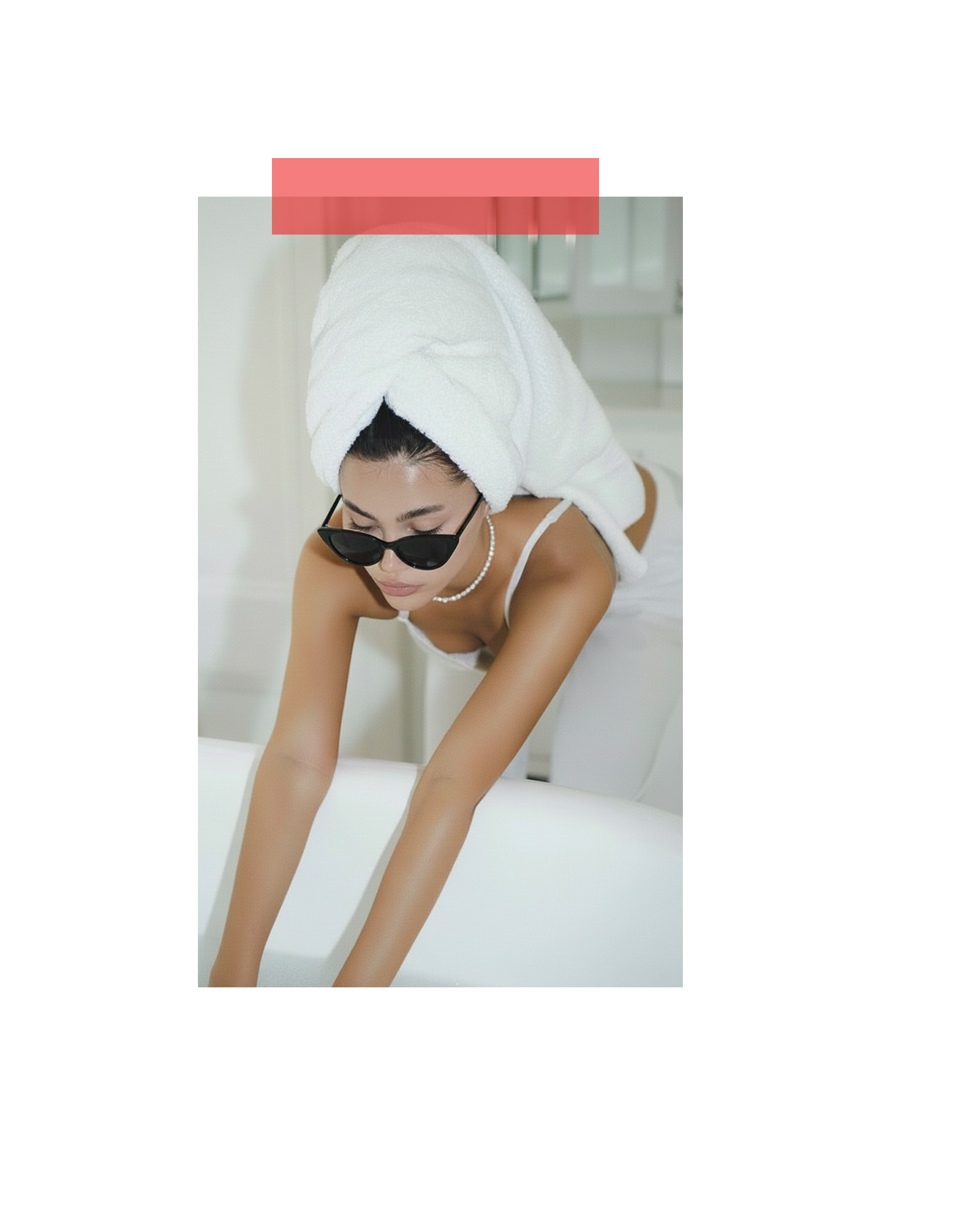
Collagen Induction Therapy (CIT), often referred to as "skin needling" or microneedling, is a proven corrective treatment for individuals seeking to address a range of aesthetic concerns. It is employed to refine and re-texturise the complexion, minimise the appearance of fine lines and laxity, diminish acne scars and dilated pores, and improve the overall tone of coarse, rough, or sun-damaged skin. Furthermore, CIT is beneficial for those concerned with hormonal and post-inflammatory pigmentation, and it can play a supportive role in the management of rosacea.
The therapy fundamentally operates by increasing the skin's natural production of collagen and other vital healing factors. This is achieved through controlled, precise micro-trauma inflicted by tiny needles with a vibrational pattern of penetration. The process unfolds in three distinct biological phases:
Why It Is Recommended
Collagen Induction Therapy stands as a highly results-driven option for those who prefer a non-invasive approach to create long-term, structural changes in the skin. It is a scientifically proven method for encouraging and regenerating collagen and elastin, thereby improving the skin’s overall structure, function, and appearance. CIT actively stimulates the natural production of these crucial proteins to counteract fine lines and laxity, simultaneously breaking down old tissue, problematic pigment, and textural inconsistencies. In terms of sensation, the procedure involves minimal discomfort, and the associated downtime is typically regarded as "social," with the skin potentially feeling dry, tight, or chapped for up to two days post-treatment. For optimal and enduring results, a customisized course of treatments carried out in close succession is recommended.
Expected Downtime
Immediately following the treatment, the skin will likely appear red and flushed, akin to a mild sunburn. A sensation of tightness and slight sensitivity to touch in the treated area is also common. These initial effects will typically diminish over the ensuing few hours and should have substantially subsided by the next day.
Some mild residual redness may persist for a few days post-treatment. For approximately 3-5 days after the session, the skin may feel somewhat dry and exhibit minor flaking in certain areas. This is a natural consequence of the accelerated cellular turnover post-treatment; maintaining diligent hydration throughout the day is crucial. As with all professional skin treatments, rigorous sun care and mindful sun exposure are paramount. Furthermore, the use of active ingredients such as retinol, AHAs (Alpha Hydroxy Acids), or BHAs (Beta Hydroxy Acids) should be avoided for 72 hours post-treatment to ensure optimal healing.
Recommended Treatments
For younger skin, a course of 3-6 treatments scheduled at 4-week intervals is typically ideal. For more mature skin, 3-6 treatments at 6-week intervals are generally most effective to support comprehensive collagen remodeling and sustained results.